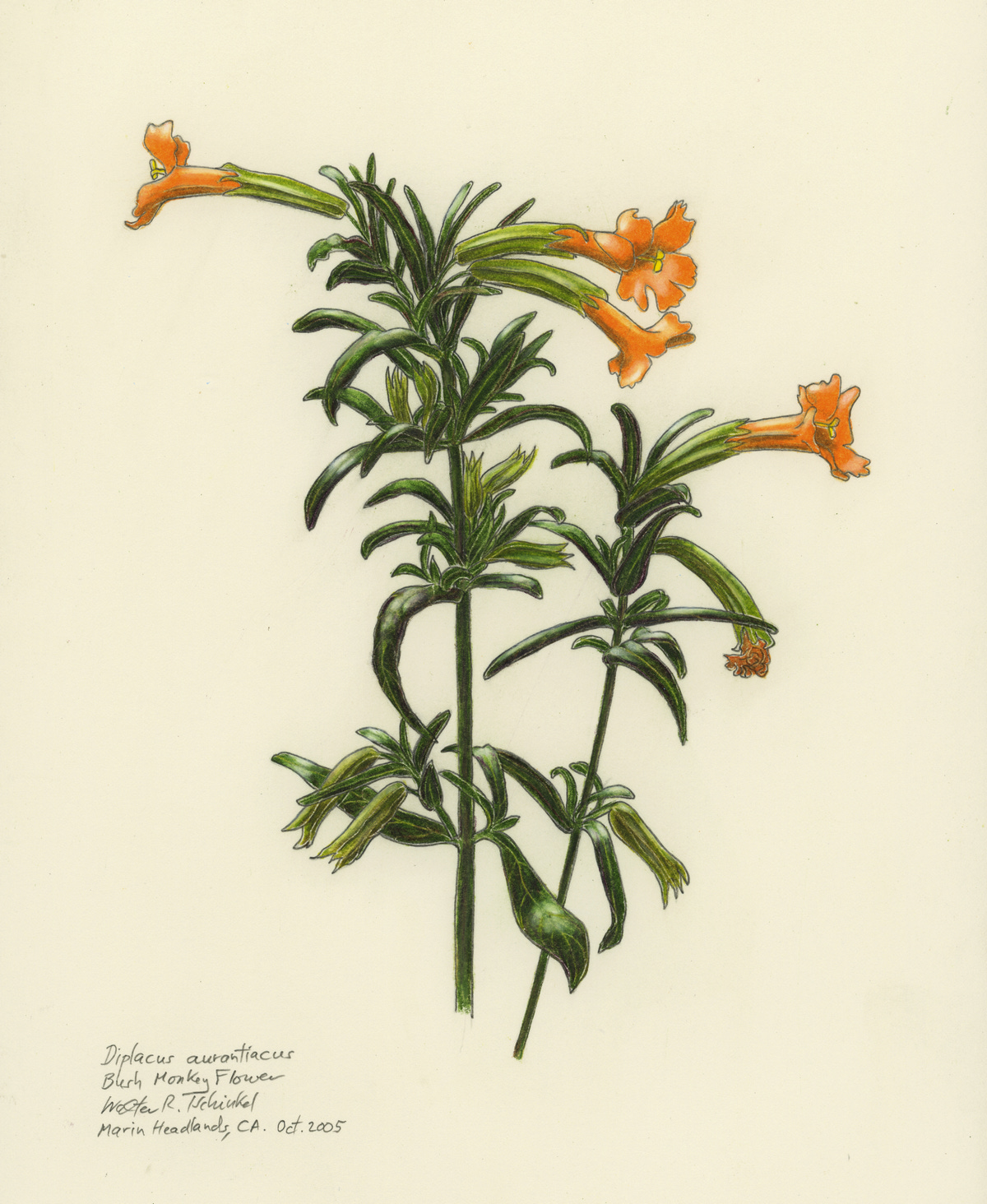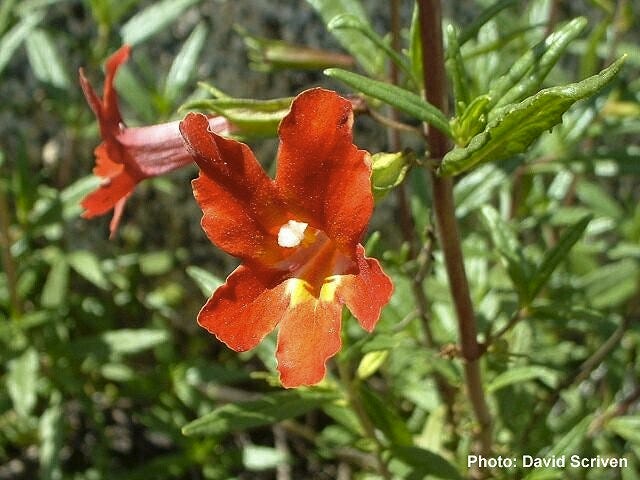When I was a graduate student at the University of California, Berkeley, the Berkeley Hills offered me solitude in nature. This was all the more remarkable because at the western base of the Hills sits a city of over 100,000 people, and that is just one part of a continuous urban area surrounding the whole San Francisco Bay. It has long been fashionable and desirable to live in the Berkeley Hills with a view of the Bay, and indeed, a three-bridge house, that is one with a view of the Golden Gate, Oakland Bay Bridge and Richmond Bridge, has long commanded top dollar. The Hills with their well-to-do residents have long been distinguished from The Flats where working class people and students lived in little bungalows or apartments. Nowadays, even The Flats are unaffordable.
But Strawberry Canyon, the source of a small stream that flows through the UC campus, belonged to the University of California, and aside from one small, paved road, some trails, and some fire roads, was undeveloped and wild. This is not to say that it was pristine--- there were pine and cypress plantations, and exotic wild mustard and oats was mixed with native chaparral on many slopes, but the deep valley bottoms were still home to damp, shady groves of live oaks and fragrant bay laurel, with a few groves of redwood and ferns in the moister areas. The trails that followed the contours wound in and out of these shady refuges, repeatedly breaking into the open, chaparral-covered slopes, from which on sunny days wafted the medicinal scent of California sage brush. Some trails were so obscure that I never met people on them, and they became my private trails.

With my trusty copy of Jepson's California Flora at my side, I learned the names of most of the common, and a few uncommon, plants. One of my favorites was the bush monkey flower, Diplacus aurantiacus, with its orange flowers and dark green, sticky leaves. I liked it not simply because it had pretty flowers, but because of its neat stigma, which resembled a pair of full lips puckered for a passionate kiss. Not many people are aficionados of flower stigmata, but once you pay attention, you see them in many forms, from the silk of corn to the cross-shaped ones of Oenothera, the ball-shaped mustards and many other forms, but lip stigmata are rare.
Should you be so charmed by these lips as to touch them, you will discover (as I did) that the lips quickly close up tight. You have just cheated a flower into believing it has just received a load of pollen on its stigma, and it is time to take its pollen and go home.
I never stuck around to see if the flower figured out it had been fooled and opened its lips for another kiss. I hate to think I robbed it of its seed-producing future. We don't have any kissable flowers like D. aurantiacus here in Florida, but when I go to California, it is like greeting an old friend (well, at least from my side). But I can never resist (at least now and then) touching a couple of flowers on the lips and watching them quickly close.
I bet you couldn't either.





hey, it's Old Home Week for Berkeley! I know we walked there some - i recognize that particular live oak -- have a photo of me there, camera yours! I just wish I'd have been the "naturalist"/birder then ('61-'67) that I've evolved into now!!!
I came to grad school at UCB and lived in a few of those student apartments before buying half a duplex in the flats in 1988 at what seemed an exorbitant price then. As you say, current prices are unaffordable. However, Strawberry Canyon, Tilden Park, the Berkeley-Oakland hills remain much the same thanks to the East Bay Regional Park District which has acquired, preserved and protected these and other significant parcels in Alameda and Contra Costa Counties. One can still walk the trails, sometimes rarely encounter others, see and/or hear an occasional coyote and other wildlife. Now is the time for spring flowerings. The hills are green and wet.